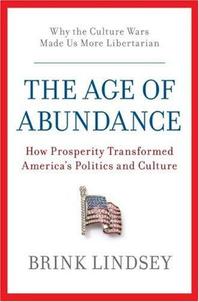(p. 89) Cars are the primary reason for the ever increasing “personal area” of Western life. As Jesse Ausubel of Rockefeller University has shown, “personal area”–the volume of territory through which someone moves in a typical day–has risen tenfold in the West since 1950, mainly because “personal speed” has tripled. Before general ownership of cars, most people were limited on most days to destinations to which the could walk, or that were close to bus or streetcar lines. Now most people head to whatever destination they wish, so long as traffic jams don’t intervene. Ausubel has found that the “personal speed” of typical Americans has been rising at about 2.7 percent per annum for a generation; at that rate, the “personal area” the typical individual covers per day doubles every twenty-five years. Racing around from one destination to the next–job, school, stores, gym, restaurant, church–may be stressful. But the fact that people are increasingly able to choose where they want to be, and choose when they want to be there, ¡s an addition to personal (p. 90) freedom. Cars are what make “personal speed” and “personal area” possible, and we wouldn’t love them so much were they not so damn convenient in this regard.
Aspects of car culture are unsettling, however. Speed and convenience in transit, for example, don’t necessarily translate into a more pleasing life. “The mobility of the private car has the paradoxical effect of lengthening how far people go rather than saving them time,” Alan Durning has written.
Source:
Easterbrook, Gregg. The Progress Paradox: How Life Gets Better While People Feel Worse. Paperback ed. New York: Random House, 2004.






